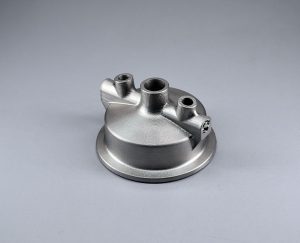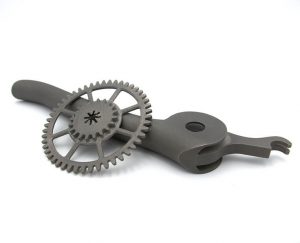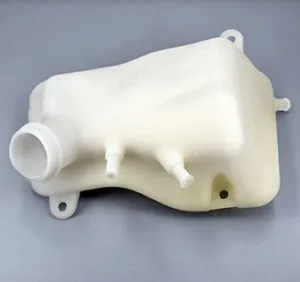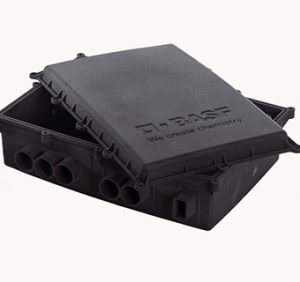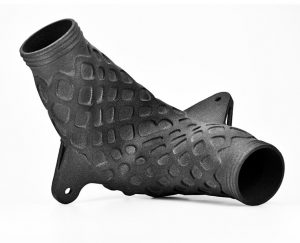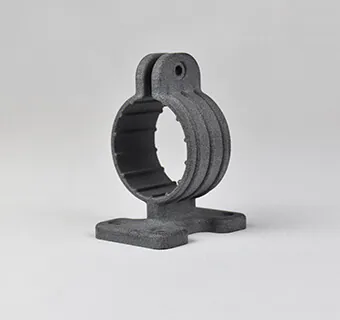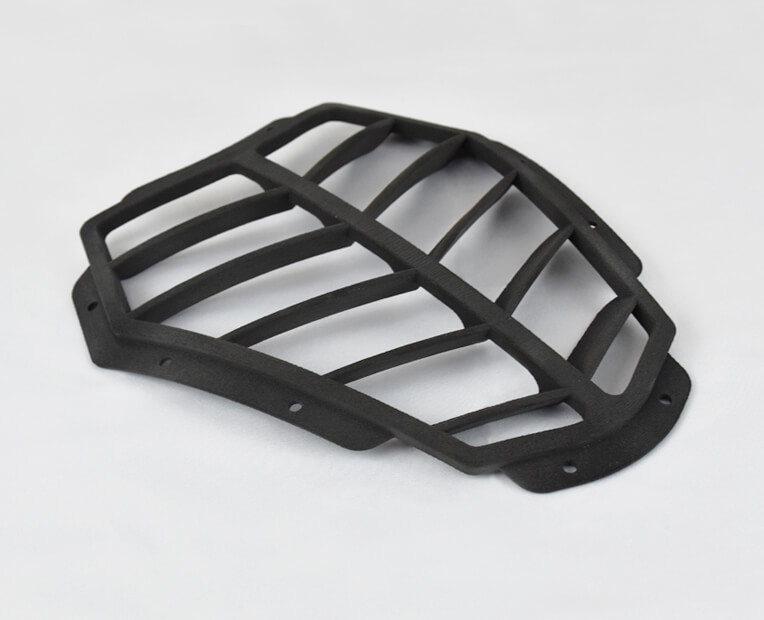This technology is really promising for the future of the aeronautics industry. Aerospace, aeronautics, they are all using this amazing technology to build even tougher devices. But what do they print exactly? Using professional 3D printers is a good way to produce new impressive projects, here are some examples.
Aircraft parts
3D printing can be used to create aircraft parts. For instance, the company Emirates Airlines used the Selective Laser Sintering technique to build monitoring projects and ventilation grills of an aircraft. Actually, it can be used for various different parts of an aircraft, and it appears to be a good solution to create custom made parts for aircrafts, as 3D printing is allowing mass-customization.
Airbus is also making the most of additive manufacturing by manufacturing metal brackets, playing an important role in the architecture of the engine. Using Additive Manufacturing to produce 3D printed engine brackets resulted in 90% less waste and 10% lighter structure! The parts will be installed in GE Aviation’s GEnx-28 engines, used in the Boeing 747-8.
3D printed turbines
Metal 3D printing is allowing to manufacture technical parts such as turbines. Indeed, the project Futuralve wants to manufacture a new technology and more precisely new high-speed turbines, made with metal 3D printers. These turbines have quite complex geometries, and the only way to manufacture them is to use the 3D printing technology. Renishaw helped to develop a special 3D printing material for this project, a nickel alloy to print these components. The new material has to be lightweight and resist to really high temperature and force.
photo credit: Renishaw
Improving the final products
Pratt & Whitney Engines used nickel and titanium to 3D print some parts of their engines. They developed their product faster than usual, saving months of work, and they also reduced the weight of their arts by 50%. This is the proof that additive manufacturing really allows to rework your product, by finding new designs, more adapted to your projects.
Are you working in aeronautics and looking for a new production technique? Are you ready to manage your cost and optimize your product design with our online 3D printing service? Contact our sales team, they will answer all your questions and you will be able to make the most of our online 3D printing service.
If you want all the information about the different applications of 3D printing in various sectors, subscribe to our weekly newsletter. We will send you our best articles and all the 3D printing news you need to know.


 Connect with Google
Connect with Google Connect with Facebook
Connect with Facebook